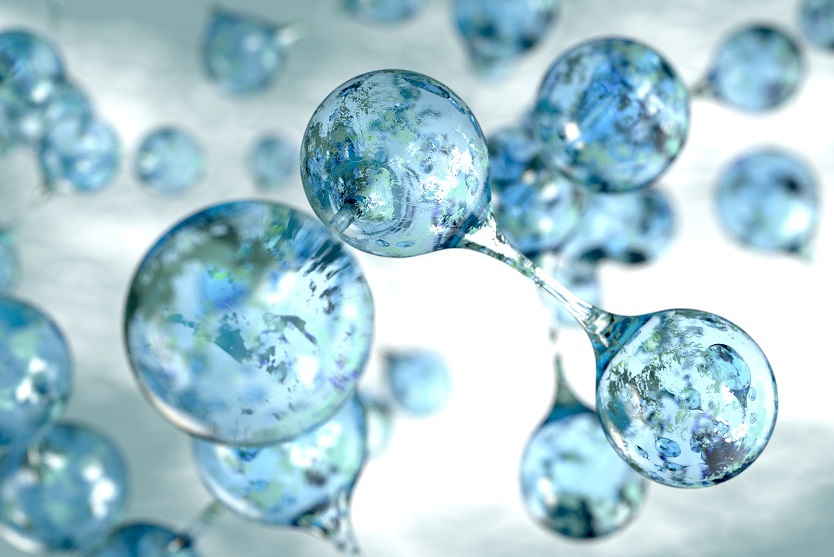
The Fraunhofer Institute (IPA) has begun developing a prototype factory for the series production of proton exchange membrane (PEM) electrolysers.
© iStock/smirkdingo
Hydrogen (H2) plays a vital role in Germany’s transition to a low-carbon economy, but electrolysers must be produced faster and cheaper to get the hydrogen economy moving. Electrolysers produce the gas by splitting water into its elemental components (H2 and O) using energy from renewable sources. At the moment, they are largely produced by hand; each individual cell must be carefully stacked by a trained worker.
Now the Fraunhofer Institute for Manufacturing Engineering and Automation (IPA) has begun developing a prototype factory for the series production of proton exchange membrane (PEM) electrolysers. In the PEP.IN project (Industrialisation of PEM Electrolysis Production), the aim is to automate the entire production line, from planning and component testing, all the way through an assembly line to end-of-the-line test benches. It’s no small achievement; and that’s why three other research institutes – the Fraunhofer Institute for Solar Energy Systems (ISE), the Fraunhofer Institute for Environmental, Safety and Energy Technology (UMSICHT) and the Jülich Research Centre – as well as a number of equipment manufacturers – are closely involved.
"The goal is an automated electrolyser factory on a gigawatt scale," says Friedrich-Wilhelm Speckmann from the Centre for Digitalised Battery Cell Production at Fraunhofer IPA in a press release. "The electrolysers produced here within a year should therefore have an added-up nominal output of at least one gigawatt."
PEP.IN is funded with over EUR 20 million by the Federal Ministry of Education and Research (BMBF) as part of the H2Giga flagship initiative. It will run until March 2025.


